Table of Contents
Short History
Things to Do in Stari Grad
Important Things to Know Before Visiting
SHORT HISTORY OF STARI GRAD
Steeped in over 2,400 years of history, Stari Grad’s origins can be traced back to its founding by the Greeks in 384 BC. Originally named Pharos, the town flourished as a bustling trade hub and cultural center in the Adriatic. Throughout the centuries, Stari Grad witnessed the rise and fall of empires, including the Romans, Byzantines, Venetians, and Austrians.
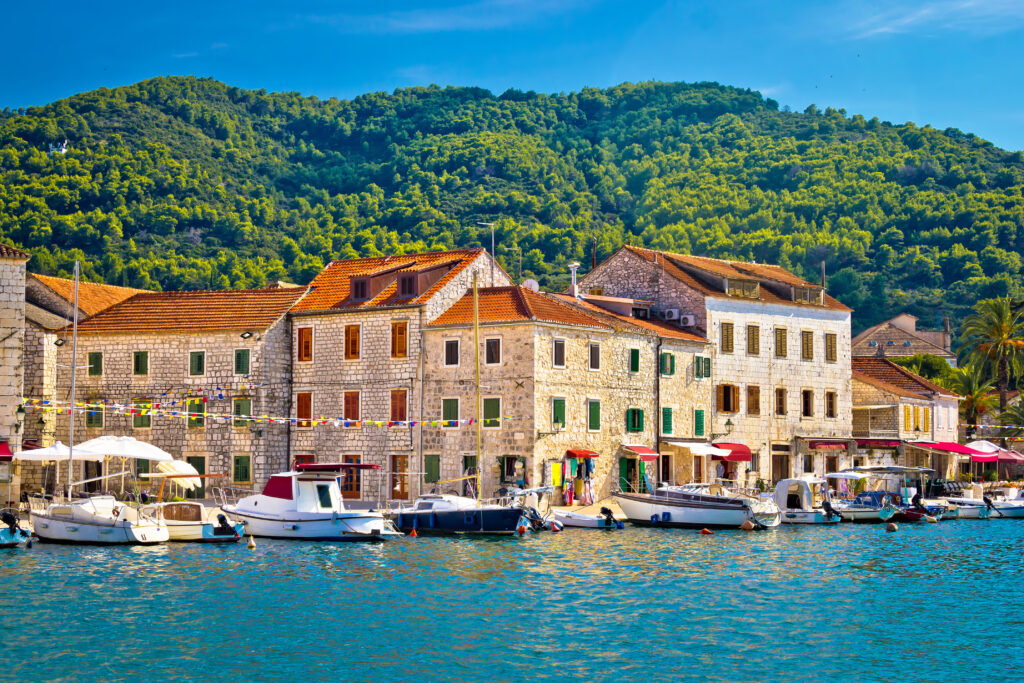
Today, the town proudly displays remnants of its past, with well-preserved stone houses, cobblestone streets, and landmarks like the Stari Grad Plain, a UNESCO World Heritage Site that showcases the ancient Greek agricultural system. Stari Grad’s enduring charm lies in its ability to transport visitors back in time, offering a captivating glimpse into its fascinating past.
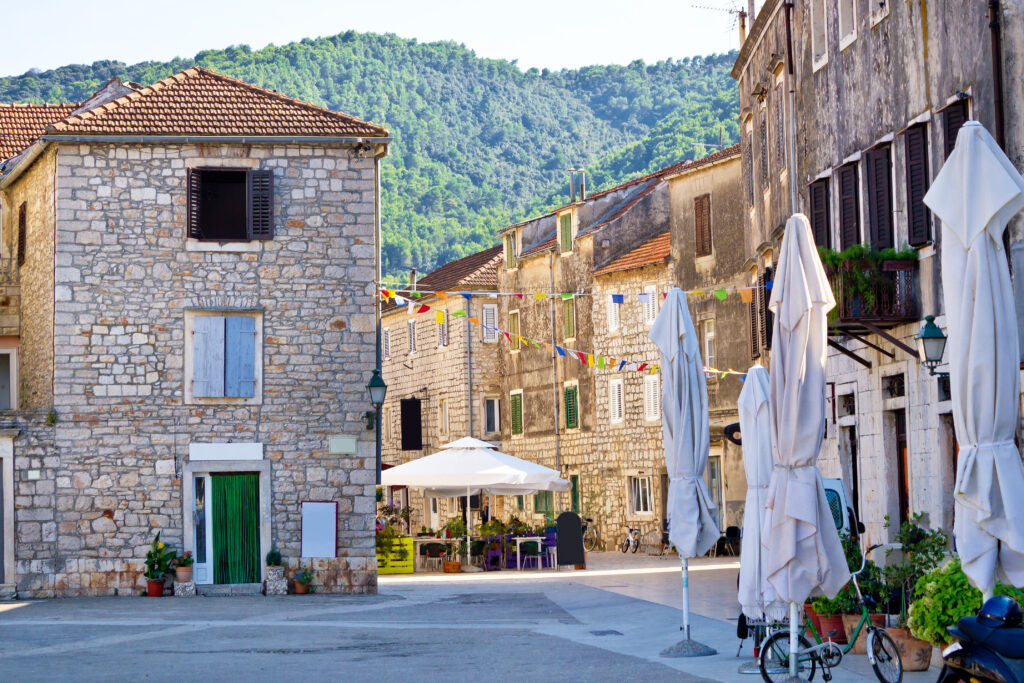
Despite the passage of centuries, Stari Grad’s historical roots continue to shape its identity. The town’s significance as one of the oldest in Europe serves as a testament to its enduring appeal. Whether exploring the winding streets of the old town, visiting its fascinating museums, or admiring the picturesque landscapes of vineyards and olive groves, visitors are immersed in the layers of Stari Grad’s history. This ancient town on the island of Hvar stands as a living testament to the diverse civilizations that have contributed to its heritage, making it a truly special destination for those seeking a glimpse into the past.
Things to Do in Stari Grad
Wander Through Ancient Streets
Explore the labyrinthine alleys of Stari Grad’s old town. Admire the beautifully preserved stone houses adorned with vibrant bougainvillea and explore charming squares like Tvrdalj, where you can step into the world of the celebrated Croatian poet, Petar Hektorović.
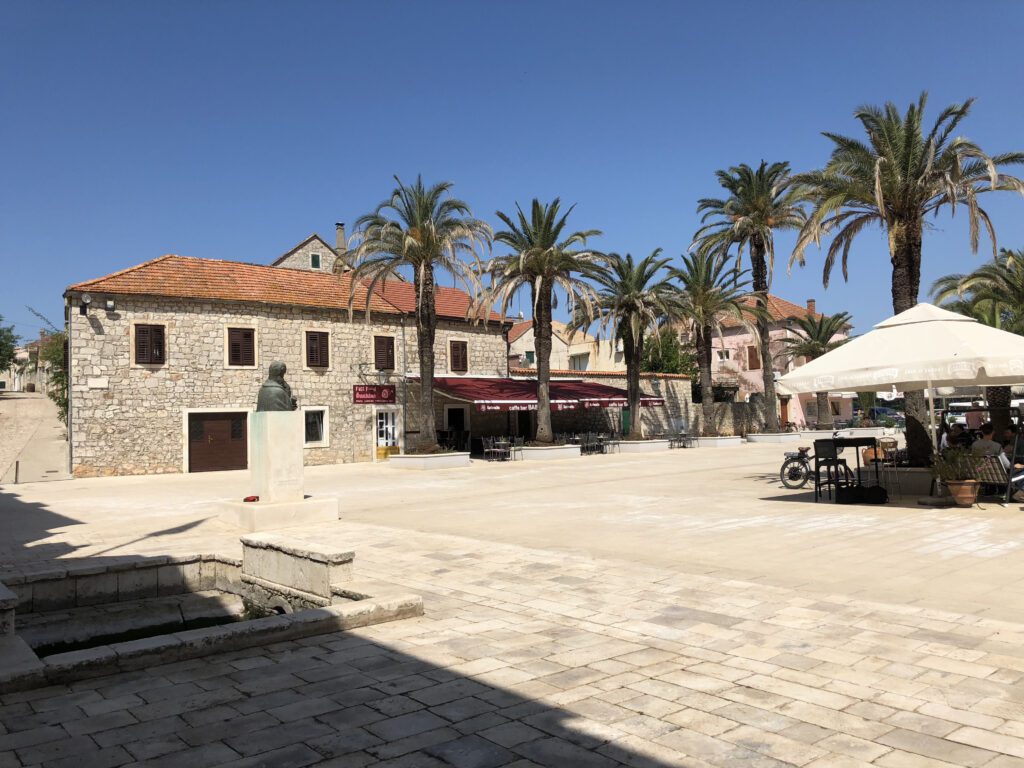
We suggest you to take a stroll through the narrow old street to feel the special Dalmatian atmosphere. You can also visit the small square with the parish church of Sv. Stjepan (St. Stephen) built in the 17th century and visit the Dominican Monastery, a serene and contemplative space that dates back to the 15th century.
Unveil the Secrets of Stari Grad Plain
Embark on a journey through time as you visit the Stari Grad Plain, an agricultural marvel dating back to ancient times. Marvel at the geometrically arranged plots and ancient stone walls that have sustained generations of farmers. Don’t miss the opportunity to taste the delicious produce from local farms!
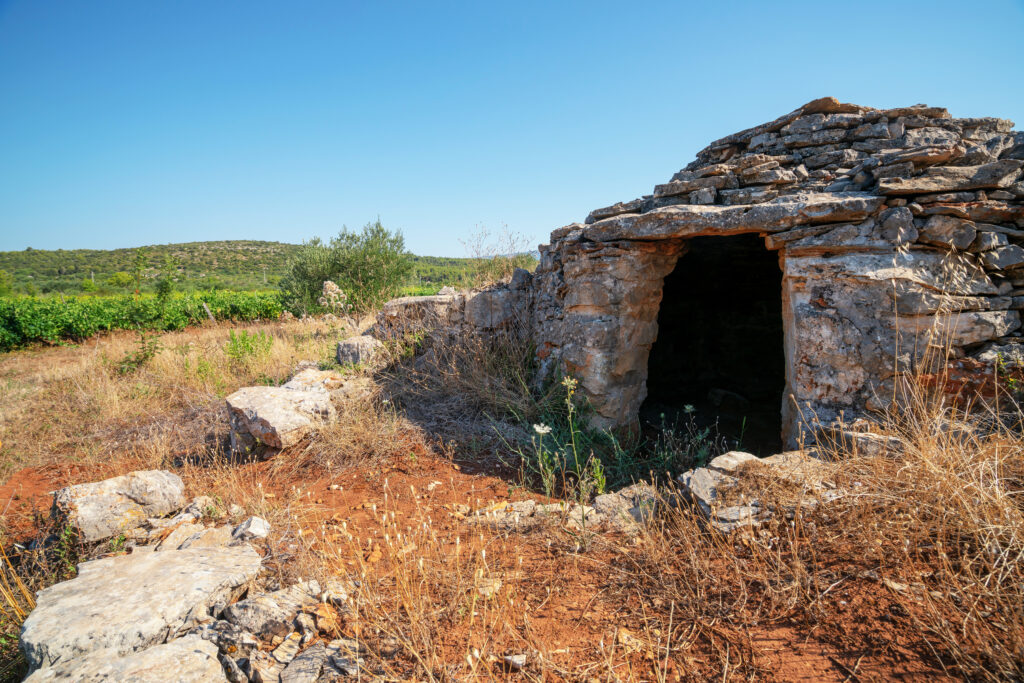
Dive into History at Museums
Immerse yourself in Stari Grad’s captivating past at the numerous museums. Visit the Stari Grad Museum housed in the Tvrdalj castle, where artifacts and exhibits shed light on the town’s fascinating history. The Hora Ethnographic Museum showcases traditional island life, while the Dominican Monastery Museum unveils priceless religious art.
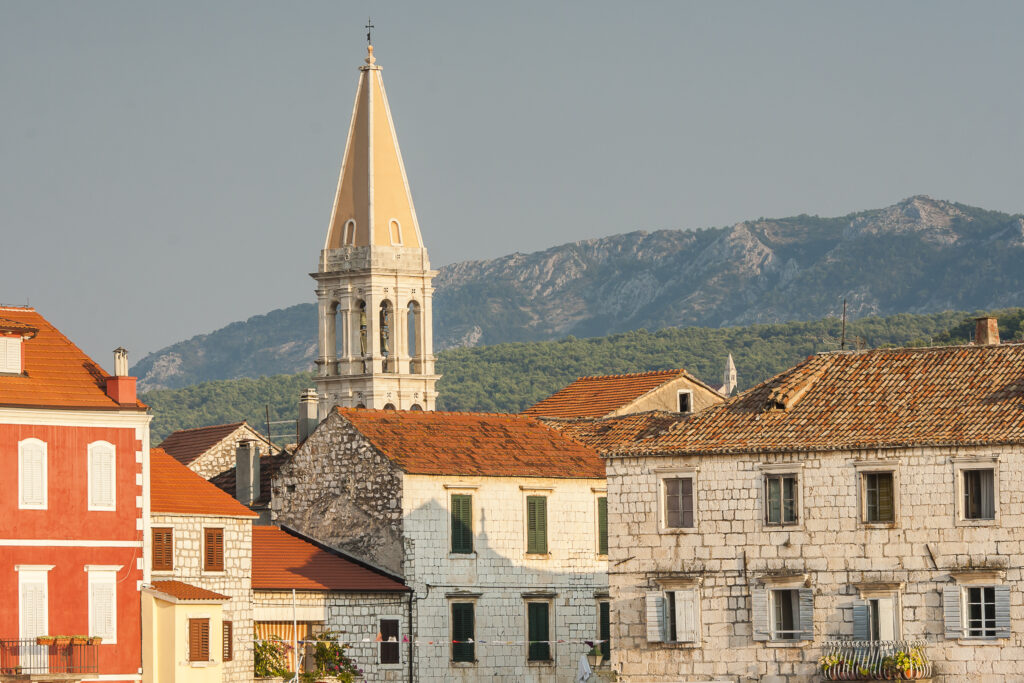
Enjoy Outdoor Activities
Stari Grad’s natural surroundings provide ample opportunities for outdoor adventures. Explore the stunning coastline with kayaking, paddleboarding, or sailing. Hike or bike through the scenic landscapes, with vineyards, olive groves, and lavender fields dotting the countryside. Nature lovers will be in awe of the island’s beauty!
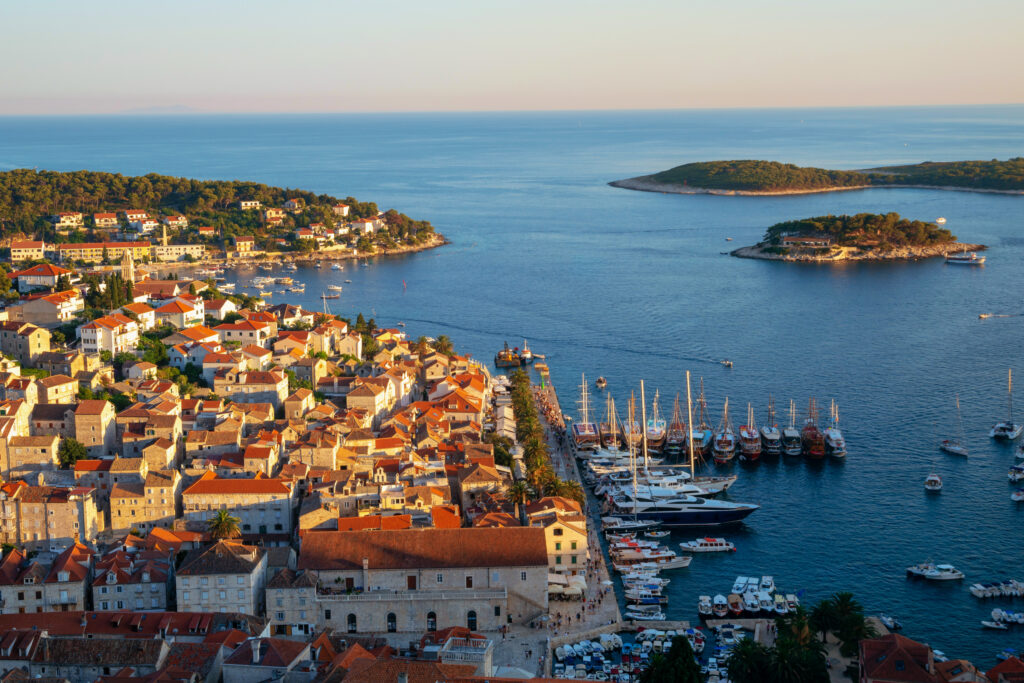
Important Things to Know Before Visiting
How do I get to Stari Grad?
Stari Grad is easily accessible by ferry from Split, with regular services connecting the mainland to the island of Hvar. Alternatively, you can arrive by private boat or opt for a scenic bus journey through the mesmerizing Croatian landscapes.
When is the best time to visit?
The ideal time to explore Stari Grad is during the shoulder seasons of spring (April to June) and autumn (September to October). The weather is pleasant, crowds are smaller, and prices are more affordable. However, if you prefer a livelier atmosphere, summer (July and August) offers a vibrant scene but with more tourists.
Where to stay in Stari Grad?
Stari Grad offers a range of accommodations to suit every budget and preference. From charming guesthouses and boutique hotels within the old town to family-friendly resorts along the coast, you’ll find something that fits your needs.
Is Stari Grad expensive?
Stari Grad offers a range of options to suit different budgets. While it can be considered slightly more affordable compared to the bustling Hvar Town, prices can vary depending on the season and type of accommodation or dining experience you choose.
Generally, Stari Grad offers a good balance between quality and value, making it a favorable destination for travelers seeking an authentic Croatian experience without breaking the bank.
How many days should I spend in Stari Grad?
The ideal duration for your stay in Stari Grad depends on your personal preferences and the activities you plan to engage in. A minimum of two to three days is recommended to explore the town’s historical sites, enjoy outdoor activities, and savor the local cuisine. This timeframe allows you to soak in the charm of Stari Grad while leaving room for day trips to nearby attractions.
However, if you wish to immerse yourself further in the relaxed island lifestyle and take advantage of the beautiful beaches and surrounding nature, extending your stay to five or more days can be a delightful option.
Should I stay in Hvar Town or Stari Grad or Jelsa?
Choosing between Hvar Town, Stari Grad, or Jelsa depends on your preferences and travel style. Hvar Town is known for its vibrant nightlife, upscale dining options, and a lively atmosphere, making it ideal for those seeking a bustling and glamorous experience.
Stari Grad, on the other hand, offers a more serene and authentic setting, with its historical charm, laid-back ambiance, and picturesque landscapes. Jelsa, situated between the two, offers a balance of tranquility and a range of amenities, making it a suitable choice for those seeking a quieter but still lively atmosphere.
Consider your desired atmosphere, proximity to attractions, and preferred activities to make the best choice for your stay.
How do I get around Stari Grad?
Stari Grad is a relatively small town that can easily be explored on foot. Its narrow, winding streets are best enjoyed by leisurely walks, allowing you to fully absorb the atmosphere and discover hidden gems along the way.
If you plan to venture outside the town, renting a bicycle or scooter is a popular and convenient option, allowing you to explore the beautiful countryside and nearby villages. Taxis and local buses are also available for longer journeys or if you prefer not to drive.
The island of Hvar is well-connected, so day trips to other towns or attractions are easily accessible by public transportation or organized tours.
WATCH THE FULL VIDEO HERE
Like this post? Pin it on Pinterest!

